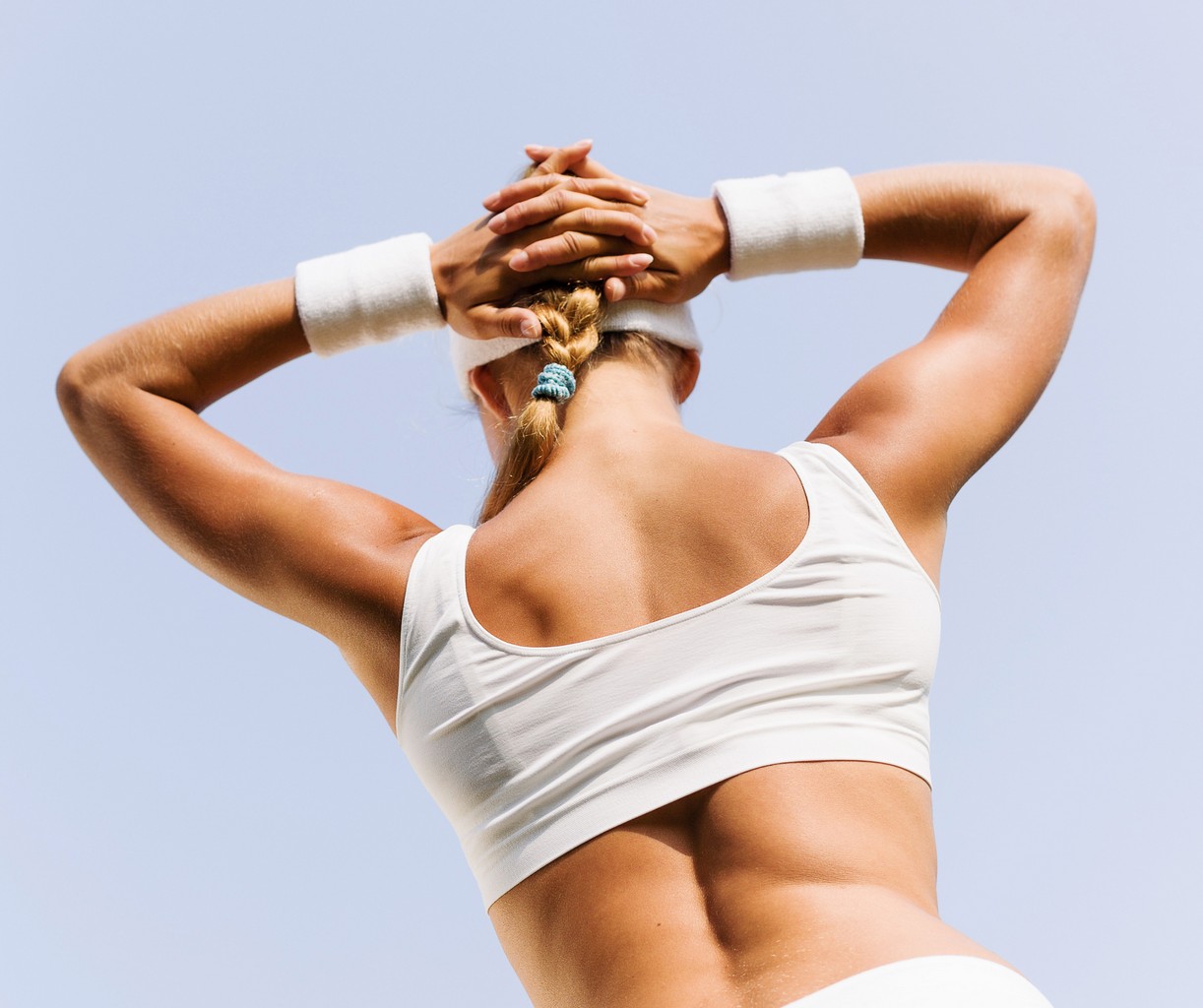Many dancers associate health with the physical nature of their art. From cross-training regimens to daily food plans, dancers are constantly working to increase strength, improve stamina, sustain energy levels to improve their technique. But when this focus on the physical becomes too narrow, a dancer’s efforts to be healthy risk a shift to something that is dangerous and unsustainable.
When asked to define health, a younger version of me would have only thought about the physical health, including whether or not one is free from free from injury, having enough stamina, strength and control. Now, thanks to years of experience and reading, I know that health and balance go beyond this.
Bring more balance into your life

We need to find balance between work, home and social life. Being a dancer is part of you but can be dangerous if it’s the only you. Supportive relationships are extremely important for our wellbeing and happiness. These can be friends, family, coworkers, neighbors, support groups, counselors, and significant others who give you the space to share your experiences and feelings. There is mutual support, encouragement, and understanding found in these relationships that remind us that we are human and we are not alone.
Honor your body and your needs.

Your body is your instrument as a dancer, but in your life, it’s so much more than that. It’s your home. Honoring your body is about meeting your needs. It’s about caring for yourself and recognizing that without this home of yours, dance wouldn’t be an option.
Prioritize mental health.

Dancers’ mental/emotional health is often overlooked. We are starting to acknowledge that there are many aspects of dance that are emotionally challenging.
It’s often been said that without our physical health, we can become stagnant, but we have the benefit of our minds still being sharp. We can still communicate to ask for the help we need. However, without good mental health, the consequences can be catastrophic. Emotional and cognitive darkness can proliferate into a black fog that pervades several areas of your life. Better mental health is literally the key to success. You won’t be able to be successful in any endeavors if you don’t work to improve your mind and its well-being first.
Improving your mental health will help you to boost your productivity levels. If you feel well-rested and have a clear mind, you’ll be more likely to get your tasks accomplished. Negative thinking due to poor self-esteem or struggling mental health can be detrimental to the successes you’re trying to make. Don’t be afraid so seek help from a health professional. Prioritize your health first.
Plan strategically.

To prioritize your health and well-being, you need to do some planning. This can be as simple as sitting down and looking at your scheduled commitments, then figuring out where you’ll fit in meals and snacks, workouts and self-care. Implement a morning routine, reassess your breakfast choices or start a meditation practice. The initial steps here can be small, but the huge, positive shifts you can create are immeasurable.
Rest and recover

Allow our body and mind to repair and recharge. In an art form that is physically demanding, it is vital for dancers and students to take breaks from ballet and from all physical activity. It might feel counterintuitive to take time off, but it helps our bodies to find prolonged rest, helps us cope with stress and keeps us from getting burnt out.
Recovery tools like epsom salt baths, rolling out, icing as needed, putting your feet up after a long day, can help your body recover during weeks of dance. Using days or even weeks of physical and mental breaks from dance can involve anything that you love doing that rejuvenates your body and mind. Some of mine include reading, baking, meditation, spending time outside, journaling, and talking with friends. Again, what allows you to rest is going to be personal and might be different from other dancers. These breaks help me to come out of intense ballet mode and bring me into just being. That way when I do go back to a full time dance schedule, I feel refreshed, ready, and excited to be back.
Workout

I know that we just talked about taking breaks and finding rest, but strategically incorporating movement can also help us live physically balanced lives in and out of the studio. I use the word “strategically” because it’s not about overdoing any physical activity, leading to exhaustion and overuse injuries. Accounting for times to rest, cross training can help dancers get stronger by working on the weaknesses and helps us to even out our strength by focusing on muscles and movements we don’t use often in dance.
During breaks away from the studio, exercise also helps us to keep our joints moving and muscles limber. Yoga, pilates, bodyweight exercises, weightlifting, and/ or some form of specific cardio are all options that use our bodies in different ways and for different physical needs. You can join my guided program the balanced ballerina method here, to stay fit, strengthen your body, prevent injuries and improve your technique.
Find your passion

Having 100%-time, energy, and focus into one thing, like dance, usually means that our feelings of success and accomplishment are limited to one thing. When we inevitably experience an injury, are laid off, or are just having an off day or week in dance, our inability to or frustration in dance gets tied to our worthiness, which lowers our self-esteem. We can find ourselves feeling lost because the one focus in our lives is now not what we want it to be.
Having a creative or educational outlet, and even just having practices that spark joy, allow us to experience a sense of lightness when we are struggling with something in dance. For some, this might mean continuing their education, learning a new hobby, or exploring a different art form or different type of movement than what they are used to. For others, it might be just integrating daily or weekly practices that provide a sense of grounding like hiking, reading, writing or baking. Life experience helps us bring different approaches to dance, which ultimately contribute to building our own sense of artistry on stage. These outlets cultivate inspiration, motivation, and even gratitude in and outside of the studio.

It takes time to find the practices that help balance your physical, mental, and emotional health as a dancer. But ultimately, your health and happiness are so much more important than achieving the lead role and promotion as a dancer. Because let’s be honest, life is short and professionally dancing isn’t something we can do for the rest of our lives. Moreover, if you take care of your whole self and find balance in your training and your career, you will find the freedom to dance from your potential.
